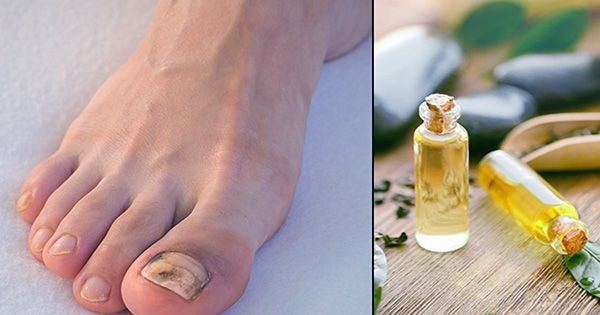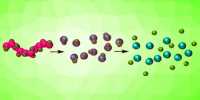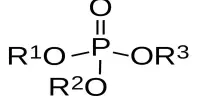“You can taste the garlic with your feet” may sound like something that makes you uneasy if you keep shouting in the street, yet it is true thanks to a great food chemistry technique. Given how intense garlic is, it is hard to test it, but not impossible, as you can see in this video from the American Chemical Society (ACS) below.
Take a clove (and no, it is not like the standard recipes where a clove means a whole bulb), cut it in half and put it in a garbage bag. Place your patty in the same bag and seal the bag around your ankles so that the odor stays in the bag and does not bend up to your nose. Okay, now rub them around as if you were pulling a piece of chicken into pieces.
If you have a busy lifestyle, you can adapt to this method and throw garlic in your shoes. Now it is time to relax the knowledge that the taste of that garlic will come in your mouth in an hour or a few more moments. You should start tasting garlic in your mouth after 60 minutes. Assuming you did it right, and just cannot smell the garlic because of a leaky bag, congratulations, you are a foot taster now.
Well, we understand that this is not the most effective method of homemade garlic transfer (for this, it is the “use old cream on your face” method) but it is scientifically interesting. So how are you? “It’s not because you have secret garlic flavor buds on your feet,” ACS explains in the video. “This is because the molecules responsible for the smell of garlic (allicin) can enter your skin, enter your bloodstream and travel to your mouth and nose, where you suddenly begin to feel the taste of garlic.”
Your skin made up of layers that absorb both oil and water (which do not mix) quite well, so why not swell like a bath sponge. Nevertheless, there is a way to thank Alison’s chemical make-up for being responsible for the smell of garlic. It contains oxygen, which, as described in the video, is good for hydrogen bonding with “watery stuff” and hydrocarbon tail for bonding with “oily stuff”. For example, allicin may leak into your skin where it enters your bloodstream and travels to your confused face and nose. A highly recommended strategy if you want to eat soft food somewhere.
















